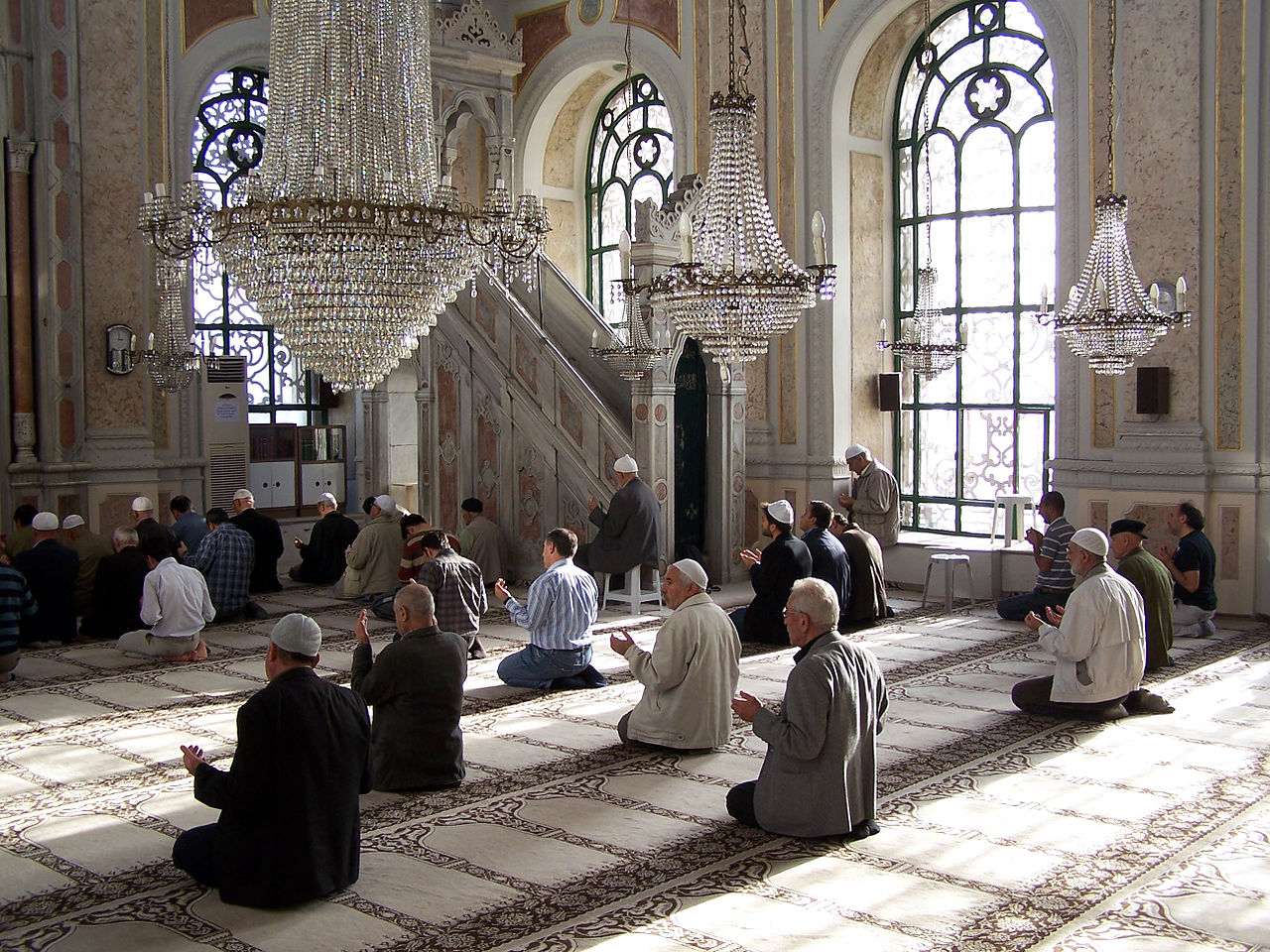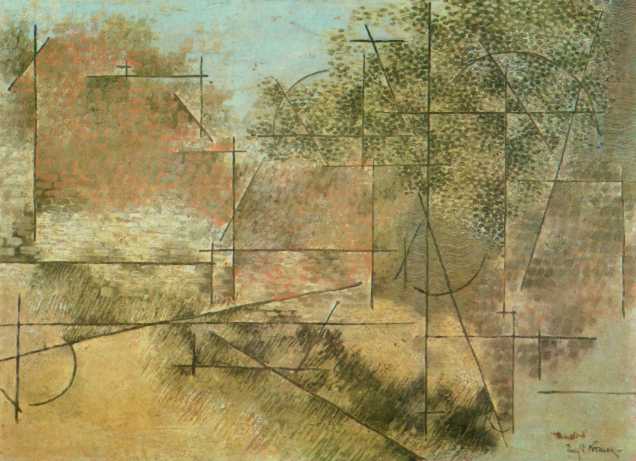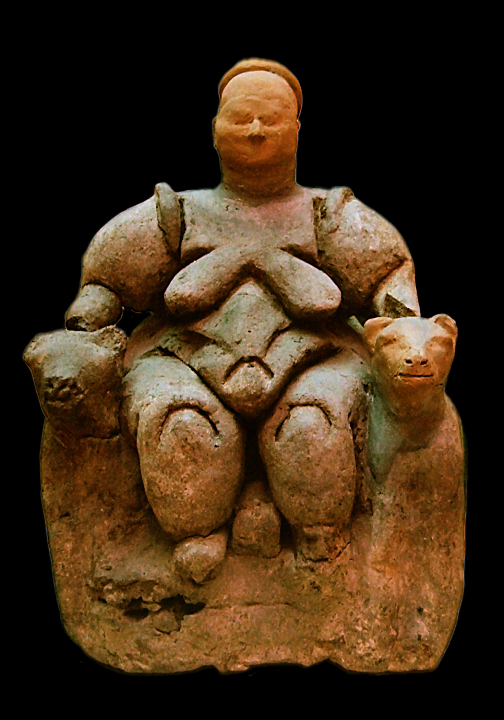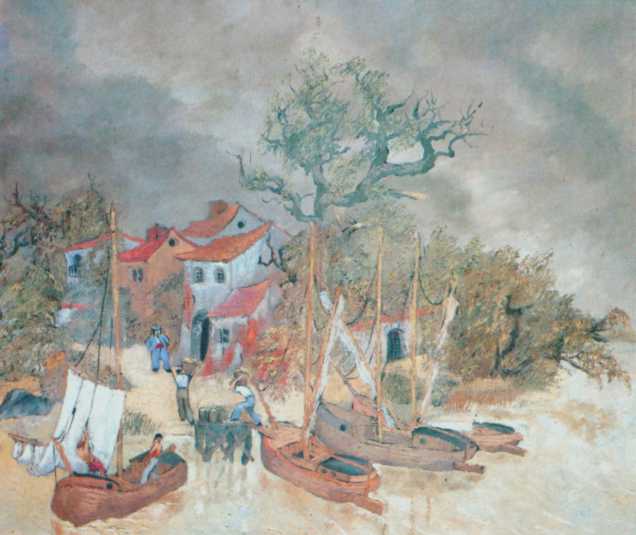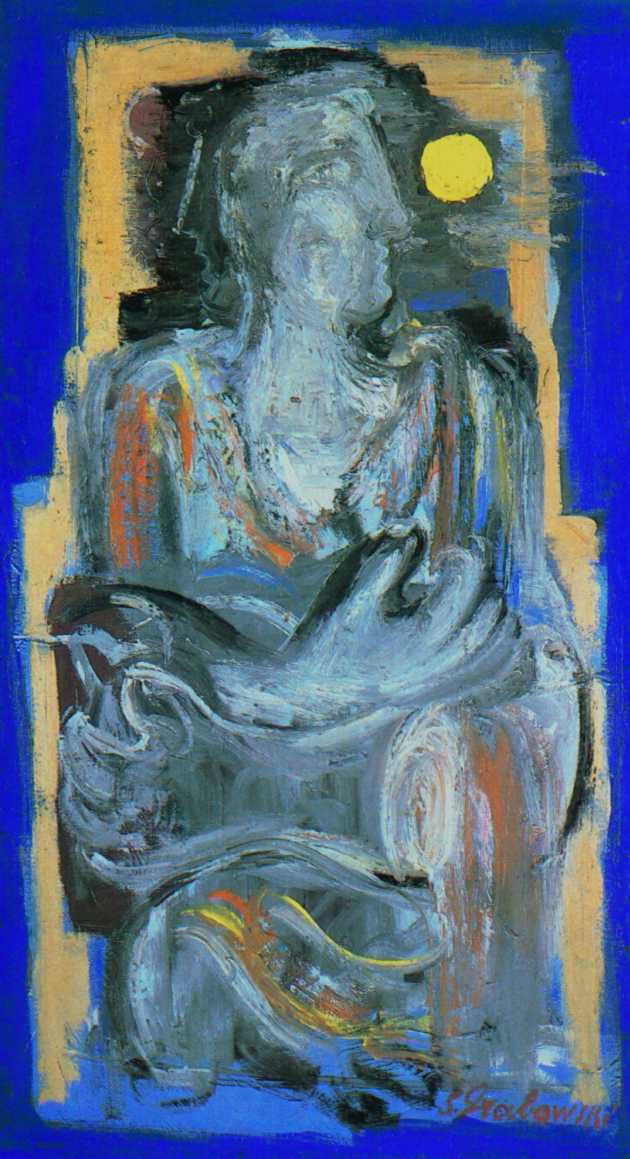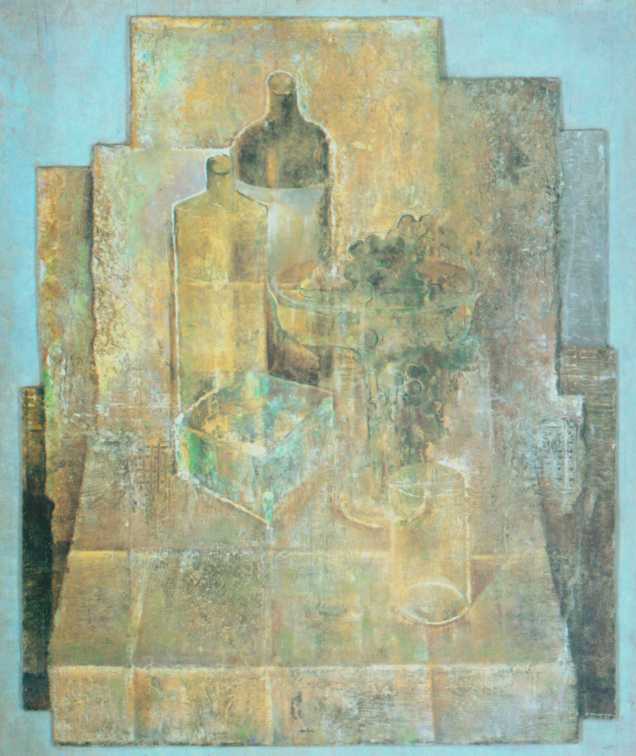 DEVELOPMENT OF ARCHITECTURE AND ART
DEVELOPMENT OF ARCHITECTURE AND ART
Upper Silesia inhabited in the past by the Proto-Slavic tribes of the Lusatian culture, and w VIII to IX w. by the Slavic tribes of Opole and Gołęszyce, having their settlements and strongholds along the upper section of the Odra River from Karinów to Opole, it has developed its own original culture. We learn about the applied art of these lands and construction from excavations conducted in the fortified areas – towns in Opole in Ostrówek and in Racibórz in Ostrog. Beautiful decorations on the manufactured tools and clothes prove not only a good knowledge of the craft, but with a definite artistic taste. Both buildings are preserved from this period, and the 10th / 11th century. it is wooden construction, characteristic of Slavic cultures, as found out by German archaeologists during excavations in 1930 in the area of the demolished castle in Opole.
On the other hand, the architecture and art of Upper Silesia and the South-East. lands of Lower Silesia from the 9th to the 17th century. it is the product of shaped political and ecclesiastical influences. Especially the church division (provinces-bishoprics) and the influence of the culture of immediate neighbors (Poland and the Czech Republic) and religious orders, merchants and artisans flowing in 2. half. XIII w. to the Silesian cities of Saxony and Thuringia had a definite mark on the architecture of the thirteenth and fourteenth centuries. Early Romanesque buildings in Cieszyn, Racibórz and Nysa indicate connections with the Czech Church before the unification of Polish lands by Mieszko I. One of the Romanesque buildings is the cemetery church in Siewierz, which to 1443 it was within the Duchy of Cieszyn. On the other hand, the Cistercian architecture characteristic of Upper Silesia (Rudy Great, Jemielnica) shows the features of early gothic architecture implemented in Małopolska, where did the monks come from. Patterns were taken from the French and Italian schools. The murators of Cistercian churches also transferred their experiences from the previous realizations of monastic complexes in Lower Silesia, m.in. in Lubiąż, Henryków and Trzebnica, based on German architecture. Numerous early Gothic churches were built in Upper Silesia on the basis of Cistercian models, m.in. in Rogów Opolski, Żyrowa, Dizziness. In addition to the Cistercians, they showed great construction activity in the 12th century. Dominicans brought from Krakow, who built their church in Racibórz and Cieszyn on the model of the churches in Wrocław, like the Dominicans in Oświęcim. Also, the Franciscans brought in in the middle of the. XIII w. to Opole via Władysław I they built a basilica church, of which only the presbytery has survived.
Establishment in the 13th century. independent principalities in Racibórz, Opole, Cieszyn and Bytom contributed to the construction of castles with sacred buildings. Only a few have survived to this day, among them the gothic castle chapel in Racibórz from approx. XIII w.
The heyday of art and architecture in Upper Silesia falls in the middle of the. XIV c., to the period of clear political and cultural influence of the Czech Republic, although the native art of Silesia already has its own tradition and workshop. At that time, the patronage of the Piast princes over the orders weakened, and the bishops of Wrocław (owners of the Duchy of Nysa and Grodków) showed limited investment activity (outside of his principality). These functions were taken over by newly located cities or those passing to German law. Cities received city walls, town halls and parish churches. The walls of local owners' castles were often connected with towns (Edge, Prudnik, Otmuchów, Paczków, Biała Prudnicka). The oval layout with the central market square was still used in the urban layout of the cities, where the town hall was built on the side of the market square.
Out of the gothic buildings, they deserve attention: St.. James, Brest church of St.. Nicholas, Parish church in Paczków and Namysłowski, as well as the Cathedral of the Holy Cross in Opole. Monumental temple in Nysa, erected on the site of a basilica with Romanesque features, was expanded after the fire in 1. 1424-30 by master Piotr from Ząbkowice. Most of the aforementioned churches have beautiful portals with rich sculptural decorations as well as brackets and keystones inside the church. Many examples of stone tombstones and wooden figures of the Mother of God with the Child have survived from the Gothic period, as well as whole figural compositions in altars-triptychs. The tombstones of the Dukes of Opole in the Piast chapel in Opole deserve attention, triptych from the 14th century. in Bąków, triptych from the 16th century. in Nysa and Borky Wielkie.
Several valuable polychromes have survived to this day from medieval wall painting, m.in. in Pogorzela (XIV-XV w.), in the Franciscan church in Opole, in Kałków (XIV c.), in the church of St.. Nicholas in Brzeg, in Strzelniki and Małujowice. The creator of some of them was the Shore Master and a follower of the Shore Master. Examples of easel painting include the painting of Our Lady of Piekary in the Opole Cathedral from the 15th century., painting "Misericordia Domini" from the 15th century. from Brzeg and scenes from triptychs from Nysa and Opole.
The era of the Renaissance and Mannerism connected the Silesian lands with Italian and Dutch art, which reached here through the Moravian Gate, from the Czech side and from the Kraków Jagiellonian court. After the end of the Racibórz Piast dynasty (1337) and Opole (1532) the center of cultural life moved to the court of the Brzeg Piasts (Lower Silesia) and Cieszyn (Upper Silesia) and to the episcopal city of Nysa. The Reformation started with Martin Luther's speech in 1517 found zealous followers in Silesia, m.in. in the Brzeg prince Frederick II and the Cieszyn prince Wacław III Adam. In this situation, many artists performed their works for Catholics and Protestants.


